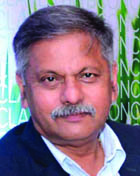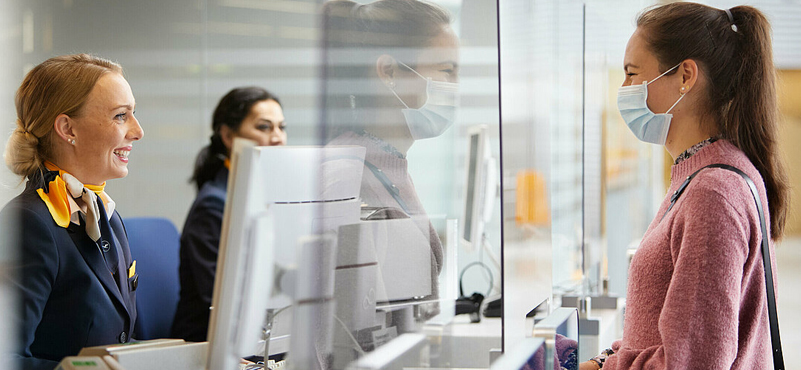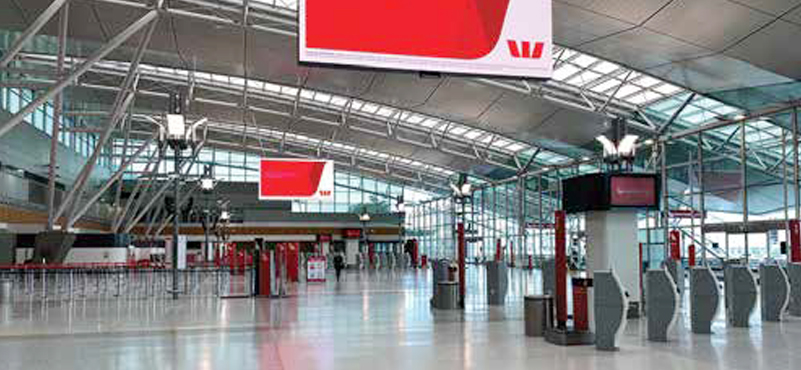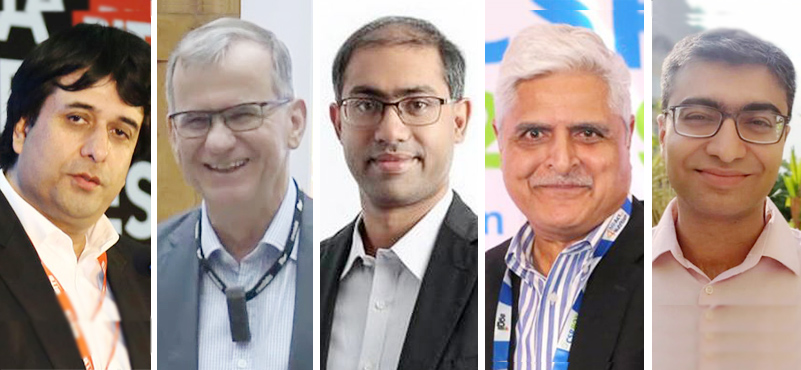AirAsia recently announced new connections from into KL from Bhubaneshwar, making it the first carrier to regularly operate flights out of the eastern state’s capital. The development is likely to push the Malaysian carrier towards acquiring a favorable position in a vastly untapped market. TourismFirst speaks to Suresh Nair to understand the growth story so far and what lies ahead for the Malaysian LCC . Excerpts from the interview:

GM, INDIA, SRI LANKA BANGLADESH AND NEPAL, AIRASIA
Tell us a little bit about your growth strategy. How did it unfold?
The AirAsia story started with operations in Trichy in December 2008, with daily flights to Trichy from Kuala Lumpur. In 2009, we began to expand our network into India. We started flights into Kochi, Trivandrum and Kolkata in the same week in November 2009; all of them were from Kuala Lumpur. We started with smaller towns, really. From there, we start to connect to Chennai, Bengaluru, Hyderabad and more.
Was this a conscious decision?
It was a conscious decision because we always had a knack of looking at smaller cities and connecting them. What we call ‘unique routes’ has always been our focus. Then in the end of 2010, our sister airline, Thai AirAsia started flights from Bangkok to Kolkata and Bangkok to Delhi. So, we had two airlines flying in. Delhi was being operated by our long-haul carrier, AirAsia X.
As a low cost airline, we use the Airbus A-320s which is the most ideal aircraft to facilitate our business model. These are short-haul flights, ranging around four hours – that is the maximum an Airbus 320 can operate with optimum capacity and performance. All of our affiliate airlines operate the same type of aircraft, whereas AirAsia X use the Airbus A330 for their long haul operations.
So, AirAsia X started with flights to Kuala Lumpur to Gold Coast; Kuala Lumpur to Beijing. We also have flights to Australian sectors; Sydney, Perth and Gold Coast, Auckland. All are more than four-hour flights. And Kuala Lumpur-Delhi are also more than four-hour flight. So, Delhi is operated by Air Asia X. That is how we grew.
In-between, for some time, we pulled out of Delhi and Bombay from Kuala Lumpur because of some strategic reason. We have come back to Delhi and Mumbai with the launch of Denpasar-Mumbai flight by Indonesia AirAsia X recently.
AirAsia operates on hub-and-spoke model. The hub-and-spoke model increases cost, creating the need for more manpower and systems in place. How does a LCC manage to use this model effectively?
In aviation, the one thing that remains constant is change and innovation. And with AirAsia, we pride ourselves to be the pioneer in many forms. We revolutionized air travel and introduced new, simple processes.
However, such strategies are only successful if they are supported by partners such as airport authorities. We constantly invite them to work as a team and help us to make air travel affordable for everyone.
The low-cost model, normally, operates point-to-point. While we stay true to the LCC model, we did not limit ourselves from being innovative, and one of it is called ‘FLY-THRU’, where passengers can connect from one flight to another seamlessly without the hassle of collecting their baggages, and re-check in. We have done this on various destinations. We are able to connect selected between 25-30 destinations from each city. For instance, there are some 25-30 destinations that you FLY-THRU from Delhi.
How do you choose these FLY-THRU sectors? Is it based on load factors?
It is based on demand. If we see a trend, for instance, from Delhi to Bangkok, or Singapore would have a good demand that people do not want to get down at Kuala Lumpur and go through the hassle. So, we have some 10-15 passengers who would prefer to FLY-THRU.
AirAsia became the first airline to operate internationally from Odisha. You have a flight now from Bhubaneshwar to Kuala Lumpur.
See, Bhubaneshwar was declared to have an international airport. Since then the government of Odisha has really been trying to get international flights into Bhubaneshwar.
I have been interested in Bhubaneshwar for the last three years or so. We worked very closely with the government of the state and they were very supportive, especially Odisha tourism. Ultimately, on 26 April, dreams of many people, including CM Navin Patnaik and tourism minister Ashok Chandra Panda came true with AirAsia starting its international operations.
It has opened up Bhubaneshwar and the state to, at least, the Asia Pacific region of the world and 120 destinations across our network through KL.
Is the move of entering the Odisha market aimed at acquiring pole-position in an untapped market, or is it more in line with your ideology of taking to the unique routes?
The market was there for anybody to take. Nobody looked at the market and realised its potential; it was open to any carrier. For me, I wanted AirAsia to be the first airline flying into Bhubaneshwar. I was very committed and worked hard for it. Sometime in 2016, we had looked at it, but did not have sufficient aircrafts to operate. We held on for some time, but, eventually, everything fell into place nicely.
What kind of load factors do you get when you fly four times a day?
We do not operate anything less than 80% load factor.
Internationally, how many points do you touch from India?
Starting from south, we have Kochi, Trichy, Chennai, Bengaluru, Vizag, Bhubaneshwar, Kolkata, Delhi, Mumbai and Goa. We have ten points.
Any plans after Bhubaneshwar. What are some new destinations that you are looking at?
We are always looking for more unique routes. If we can get a little bit more traffic rights and bilaterals, we will definitely fly new routes.
Are you looking at more bilaterals?
We are always looking for more bilaterals. I would like to make a point that we really are a leisure travel focussed airline. Our focus is not actually business travel. If you see our big routes, they are all tourist destinations. We are actually bringing in a lot of international tourists into India, though it is not recognized as much as it ought to. We have really opened up a lot of destinations and sell them all over our network. We are introducing destinations to people sitting in Australia, in Japan.
As a part of the aviation industry, what are some of the trends that you see viz-a-viz inbound and outbound travel?
We have a long way to go, as far as inbound is concerned. I do not think we are doing enough on that front. Whichever way we look at it, our number are very low. If Malaysia, Singapore and Thailand can get 1 to 1.5 million passengers from India alone, and we are doing 6 million, which includes NRIs and POIs, there is a problem. We have such a wide range of things to offer. The only way is to enhance connectivity so that people can come and see these places at a comparatively lesser cost.
With regards to outbound, Indians have become very adventurous. They are looking for new places and experiences. Japan, Korea, Thailand, all these countries, you can see the activities that tourism bodies of these countries are doing, that itself shows the kind of demand available in the Indian market. I have never seen Taiwan advertise so much about its destinations in India.
Don’t you think that this is an opportune time of you, as a major part of the world is going into protectionism mode, creating more opportunities for travel in South and Southeast Asia, and AirAsia could be a natural beneficiary of the process?
Southeast Asia will remain the destination of choice for Indian tourist, especially the first-time international traveller. Only after Southeast Asia will they go somewhere else. It has also got to do with the feeling that they are in a safer, conducive and a more homogenous environment. Countries, too, are shaping themselves in such a way that they can receive tourists. All of tourism bodies are extremely active.




































